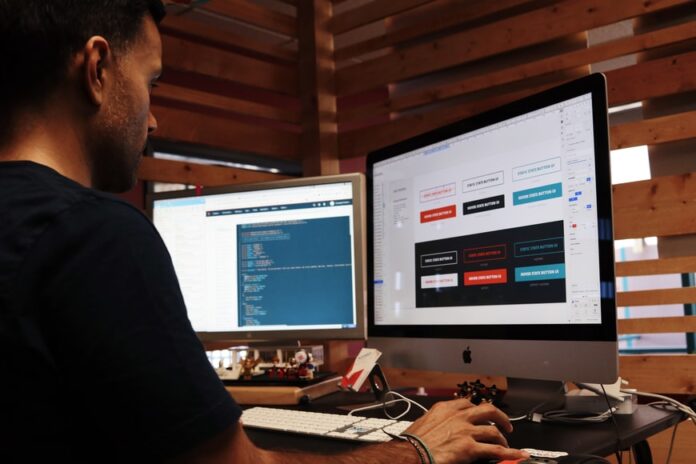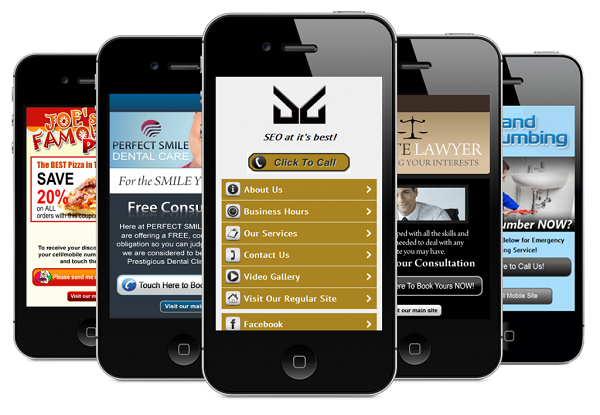Sustainability has become a crucial aspect of running a business in the 21st century. As consumers become more environmentally conscious, they’re developing an affinity towards brands that put the planet and its people first. That, in turn, has left business owners racking their brains to find ways for minimizing their carbon footprint.

When you think about making your company more sustainable, your business website isn’t the first thing that’ll come to your mind. If you’re like most people, chances are you’re going to adopt established practices, such as going paperless and reducing energy consumption at the office.
You might even assume that your website is fueling your sustainability efforts by cutting down the use of paper.
Sustainability and the Web: An Overview
Here’s an eye-opener for you – internet users account for more than 1.6 billion tons of global greenhouse gas emissions. That’s roughly 2% of the global carbon emissions. It puts the internet’s carbon footprint at par with that of the global aviation industry.
As businesses become more dependent on the internet due to digital transformation and a remote workforce, they’ll further skyrocket that figure.
Data centers, hosting servers, telecom networks, end-user devices – each component of internet and communication technologies (ICT) contributes to massive energy consumption and carbon emissions.
Whether you’re using your website to build brand awareness or drive sales, chances are you’re exacerbating environmental damage. It emphasizes the need to work with an experienced website design agency that’ll help make your website environmentally friendly.
The good thing is that sustainable web development practices also enhance several aspects of the user experience, including speed and navigation. That creates a win-win situation for both business owners and the environment.
Even if you’re working with a website design agency, it’s a good idea to familiarize yourself with the right ways to make your website environmentally friendly. In the following sections, we’ll discuss a few useful tips to reduce your website’s carbon footprint. Let’s get started.
Leverage CDNs and Caching
A content distribution network (CDN) is a network of geographically distributed data centers. It stores copies of static web assets on edge servers that are physically situated close to an end-user.
It helps minimize the need to repeatedly transfer tons of data from an origin server located thousands of miles away from the user. That, in turn, minimizes the carbon footprint of your website.
On the upside, it also makes your website faster, thus improving user experience and search engine rankings. The key is to find a CDN that has data centers near the location of your target users.
Similarly, caching is a technique that’s used to store static website assets, such as images, videos, code files, etc., on an end user’s device. It minimizes the need for data transfer from the web host. Also, it improves website performance and speed.
If your website is built on WordPress, you can use plugins, such as WP Rocket and WP Super Cache, to implement caching.
Judiciously Use Images and Videos
Images, videos, graphics, animation – visual elements play a key role in making your website more attractive and engaging. But using large images and video files on your website amplifies energy consumption. Moreover, it results in poor website performance due to slow speeds.
That highlights the need to be cautious about adding media files to your website. Instead of flooding your website with images, videos, and other media assets, use them only when necessary for improving user experience.
Compress these files to minimize the amount of data transfer. You can use image optimization plugins, such as Imagify and EWWW Image Optimizer, to reduce the size of image files. It’s also a good idea to embed YouTube videos instead of directly uploading them to your website.
Additionally, you can implement lazy loading to make your website even more lightweight. With lazy loading, below the fold web elements aren’t downloaded until a user scrolls down to that section. Combined with a CDN or caching plugin, lazy loading helps minimize the load on data centers, thus cutting down energy consumption.
Improve Site Navigation
The more convoluted your site architecture, the more difficult it’s going to be for users to find relevant information on your website. It requires them to spend more time clicking on various links, visiting multiple web pages, and flooding data centers with too many requests.
That’s why it is important to work with a website design company to simplify site architecture and navigation. Simple changes, such as adding a descriptive menu and including links to important web pages in the footer, will be instrumental in making your website easily navigable.
In Conclusion
Data centers consume nearly 200 terawatt-hours of electricity every year. That’s roughly equivalent to the total energy consumption of Iran. Growing concerns about the environmental impact of the internet highlight the importance of sustainable web design practices.
Business owners should work with experienced and thoughtful web design companies that share their passion for sustainability. From minimizing the use of media files to utilizing content distribution networks – there’s a lot you can do to minimize your website’s carbon footprint.




